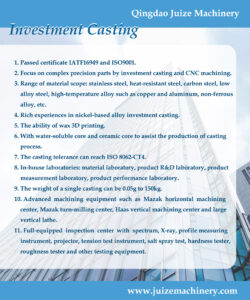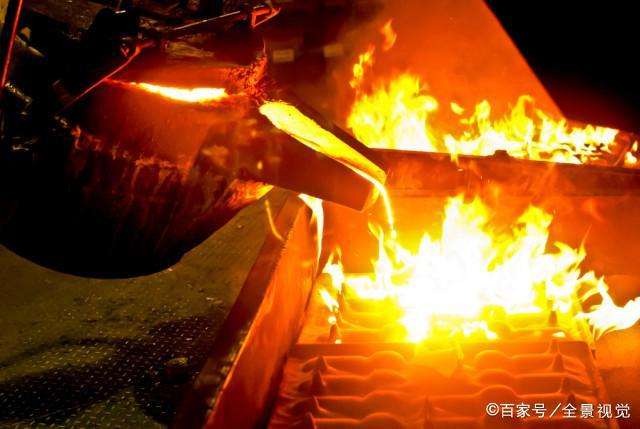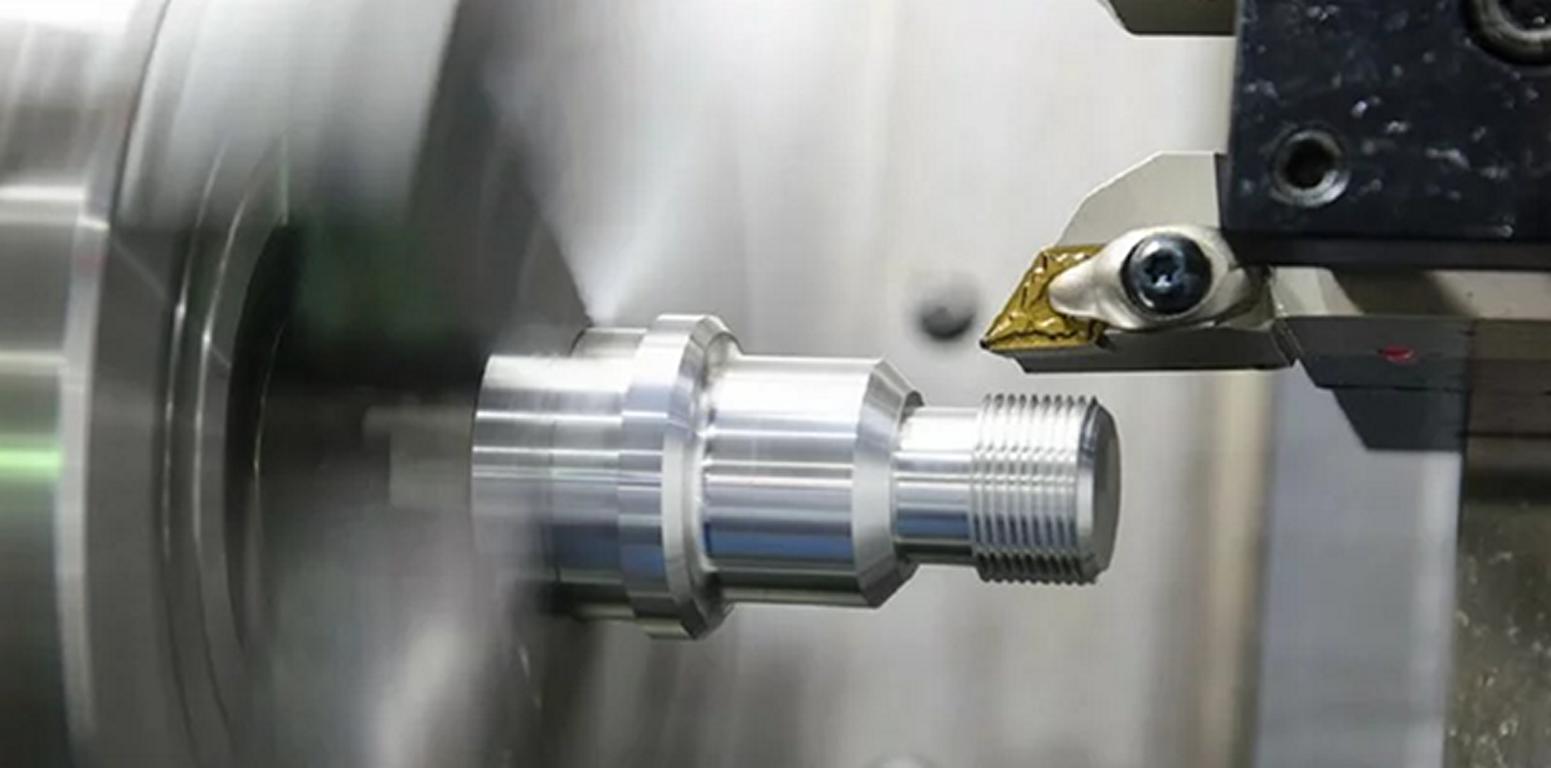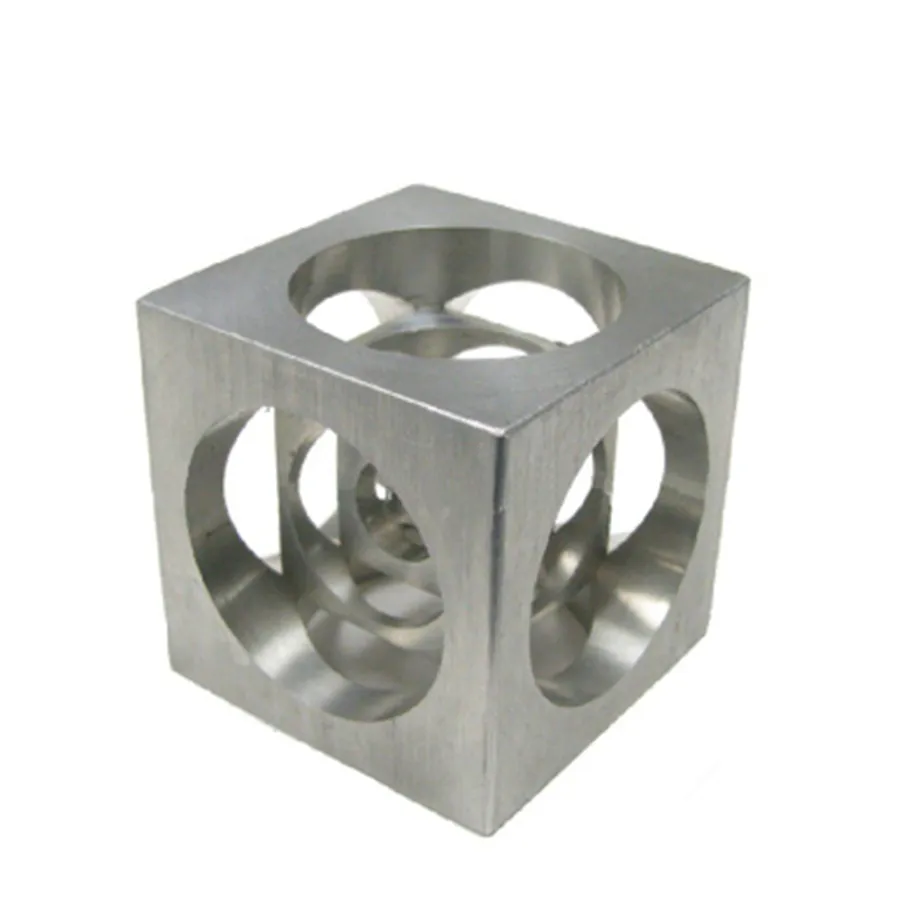
Purpose & Function:
These tools are used to examine, measure, test, and verify the quality, specifications, dimensions, functionality, and integrity of parts or accessories. Their goal is to ensure components meet design requirements, standards, and are free from defects before assembly or sale.
Key Methods & Technologies:
Dimensional Measurement: Calipers, micrometers, coordinate measuring machines (CMM), optical comparators, profilometers, gauges (go/no-go).
Visual Inspection: Magnifying lenses, microscopes, borescopes, automated optical inspection (AOI) systems.
Surface Inspection: Surface roughness testers, gloss meters, scratch testers.
Material Testing: Hardness testers (Rockwell, Vickers), tensile/compression testers, spectrometers (material composition).
Functional Testing: Test jigs/fixtures, electrical testers (continuity, resistance, voltage), leak testers, force gauges, torque testers.
Non-Destructive Testing (NDT): X-ray inspection, ultrasonic testing, magnetic particle testing, dye penetrant inspection.
Geometric Dimensioning & Tolerancing (GD&T) Verification: Specialized fixtures and CMMs with GD&T software.
Common Applications:
Manufacturing: Incoming QC (raw materials/components), in-process QC, final QC.
Automotive: Engine parts, body panels, electronics, fasteners.
Aerospace: Critical structural components, avionics.
Electronics: PCBs, chips, connectors, housings.
Medical Devices: Implants, surgical tools, diagnostic equipment parts.
Consumer Goods: Appliance components, accessory functionality & safety.
Maintenance & Repair: Verifying replacement parts meet specs.
Key Features & Considerations:
Accuracy & Precision: Crucial for reliable results.
Resolution: The smallest detectable measurement increment.
Repeatability & Reproducibility: Consistency of measurements.
Speed & Throughput: Important for production lines.
Automation Level: Manual, semi-automated, fully automated.
Data Logging & Traceability: Recording results for QC records and analysis.
Ease of Use & Calibration: Operator training and maintenance requirements.
Cost: Ranges from simple hand tools to complex automated systems.
Benefits:
Ensures product quality and reliability.
Reduces defects, rework, and scrap costs.
Prevents faulty parts from reaching customers or causing failures.
Maintains compliance with industry standards and regulations.
Improves production efficiency.
Provides data for continuous improvement.
In essence: Parts Inspection Tools encompass a vast array of equipment and techniques designed to rigorously check the quality and conformance of individual components or accessories throughout the manufacturing, supply chain, and maintenance processes. They are fundamental to modern quality assurance and control systems.





